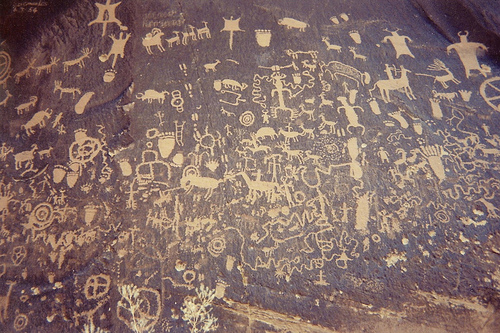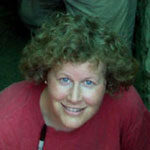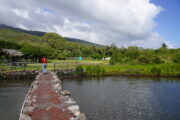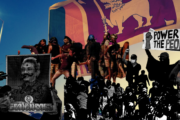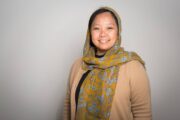Over the Thanksgiving table last week, a family member told a story about a site in northern California that had been vandalized. The thieves possibly used a power generator and lights in this remote location, not to provide power and heat to shivering people beset by Hurricane Sandy, but, instead, for nefarious purposes. They took their power saw to rocks bearing ancient and sacred images that were created by Native Americans long ago.
Now we can assume that these components of a sacred site, cut from federal land, which belongs to all of us in common as the natural heritage of these United States of America, are sitting in the backroom of a framer whose job it is to surreptitiously invade the matrix of this rock yet again with hooks that will enable them to be hung on a wall of the home of someone who was willing to underwrite outright theft to possess and enjoy them in the privacy of their own home or corporate office. Perhaps they are mistaken in their belief that their removal from an open air site will better protect them.
In the same way that we would be offended if someone ripped the exquisite form of the Ecstasy of St. Theresa from the front altar of the Vatican or if a tagger were to spray threats of gang violence across the doors of a synagogue, cathedral, temple or mosque in our city; we should be offended here too. Our common heritage has been assaulted.
We can think of these acts as hate crimes that devalue the beliefs and identity of Native American tribal members who still use such sites actively. The crime was undertaken by selfish thieves who will not even realize much money from their villainy. The commercial value of the images they attempted to saw free from the huge rock on which they were carved remains low. Their tires and the power saw they used likely cost more than they will realize if they try to sell these sacred objects.
We all have suffered a loss.
The stones- and others like them — cannot be reattached to their original place even if they are found and the conservator’s best work is attempted. Why? Because these images were cut from a living thing, a rock that had been imbued with power and sacredness by the actions of Native American men and women whose lives intersected with it, whose hands held a tool to carve or to apply an iron-red ochre paint that makes a vivid and lasting testimony to the moment of their creation.
I say again, we have all suffered a loss. This is a sign of the worst kind of disrespect, of a cultural bludgeoning that continues now centuries after our European ancestors first set foot in this great land seeking religious freedom and a land of plenty. While we reflect on all we gave thanks for this past week, we can also give thanks that stories like these still are relatively rare. Tell the people around you to stay away from such sites. They are sacred; they have meaning as the sacred and cultural heritage of us all here in this great land.
My students and I here at USC’s Archaeology Research Center work in collaboration with tribes, state and federal agencies, commercial companies and private land owners to gain information and images for the Native American Sacred Landscape Project. We document these kinds of sites using innovative, non-destructive recording techniques in order to increase the possibility that intentional destruction can be avoided and to provide resources for advocacy, so that a tribe can show a developer what is at stake, to encourage a vision in which an irreplaceable part of an ancient sacred landscape, an anciently-inscribed boulder, can be preserved intact as part of a public park amid new housing and corporate buildings.
This vision for America ensures religious freedom is respected, that the intentional destruction of the sacred sites of others is avoided. The vision of our research group is that we all can look forward to a future in which we live with the tangible remains of the past, with our common history, but are not doomed either to destroy it or to repeat it.
Lynn Dodd is a guest contributor with the USC Center for Religion and Civic Culture.
